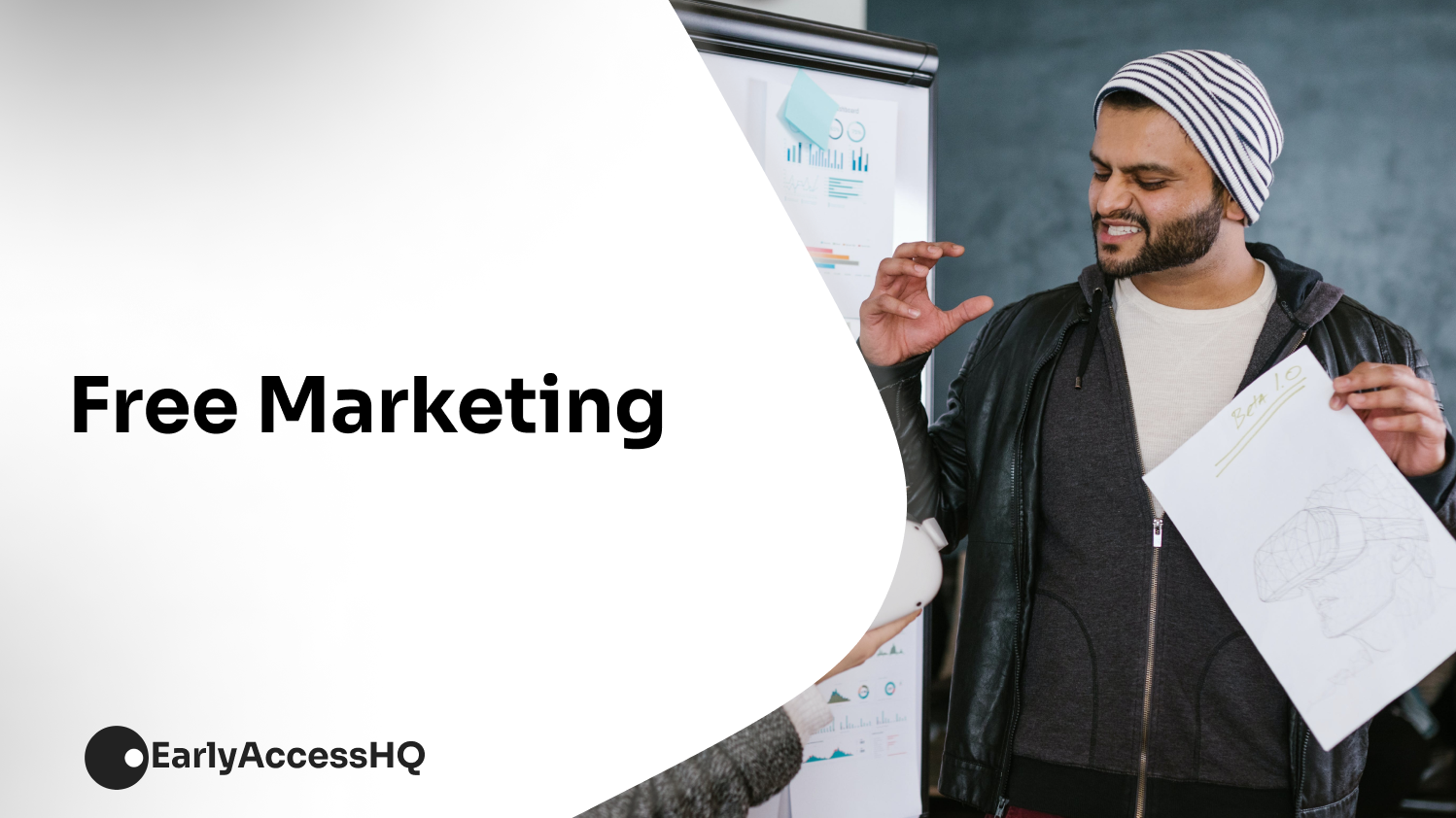6 Questions to Ask Before Building That SaaS
Many founders have invested in Startups and lived to regret. We don't want that to be you. Here are five questions that will save you the trouble.


Sandra D.
Chief Early Marketer & Co-founder
February 05, 2024
Although exciting, embarking on a Software as a Service (SaaS) project is unpredictable. It can be either a successful venture or a total failure.
You need to pause and consider some factors to avoid a crushing blow to your ego and resources. Here are five essential questions to ask yourself before setting sail:
1. Does it Solve a Problem?
There are many problems in the world, and someone needs to solve them. You need to ask yourself: Does your SaaS solve a genuine problem, or is it just another clone?
Before you start building, assess whether your product solves a genuine need in the market. Research and uncover the pain points of your potential clientele.
You can use competing products to uncover the problems and loopholes you can incorporate into your product. Listen to customer feedback and align your product and marketing with the desired changes.
If you have a prototype ready, test the waters on a selection of your target audience. You can seek their opinions about the product and its potential in the market.
Keep the founders' ego aside and listen to your clients; their opinions form an excellent foundation for your product.
2. Do You Have the Expertise
There's a time in everyone’s life when you want to build something that changes the world. But do you or your team have the expertise to build and maintain a technical product?
To build and scale a successful SaaS requires expertise in various areas. For every business idea, you need to consider the required technology, challenges, and maintenance needs. You can consider outsourcing or hiring the necessary talent if in-house expertise is unavailable.
3. What's Your Target Audience
Once you have established a need for your product, focus on a particular target audience. One mistake many founders make is to target everyone. Targeting everyone might sound convenient, but it messes up the marketing strategy.
A SaaS with a defined target audience can tailor its products to cater to the needs of that clientele. This includes the software, marketing, and sales strategy.
Narrowing down to a clientele helps define your marketing strategy by setting objectives that target a particular group. This group will determine the overall success of your product.
4. Is There Market Demand
After identifying the product's need, you should gauge market demand. Will people use the product? Are people willing to spend money on it? You can test the market through market research. It helps if you have a prototype to allow people to interact with it.
Analyze the market research data to determine how many people have adopted the product. Collect the feedback and make your product better.
It also helps to study your competition and compare your product with theirs. You can then leverage their weaknesses to create a better product. Market research helps to understand the market demand and position your product for long-term viability in the market.
5. Are There Similar Products
Analyze your competition to see if your product stands out. Who are your competitors, and how does your SaaS stand out?
Studying existing solutions in the market helps to identify unique features for your product. Highlight the best features of your product, what makes your product unique? Also, determine how valuable it is compared to the existing options.
6. What's the Cost?
Building a technical product will cost you money. Even if you build using open-source software, you still need capital to host and scale the application.
You want to start making a profit as soon as possible. Ideally, the product should support its overall expenses even if you are not making much profit.
Develop a monetization strategy. Research your target audience's pricing expectations and set your prices accordingly. Consider having tiered pricing models, subscriptions, and other revenue streams for your product. These strategies will help you break even and profit as soon as possible.
What it Takes to Build a Successful SaaS
In summary, building a successful SaaS takes more than just wishful thinking. You need to do due diligence to validate assumptions through user input and market research. Having an MVP (minimal viable product) also helps you test your concept on the target audience.
These practices help to reduce the risk of investing time and money in a product that may not meet market expectations. You will also make informed decisions to pivot the success of your SaaS.
The Fastest Waitlist Page Builder
Create your Waitlist
No coding required


